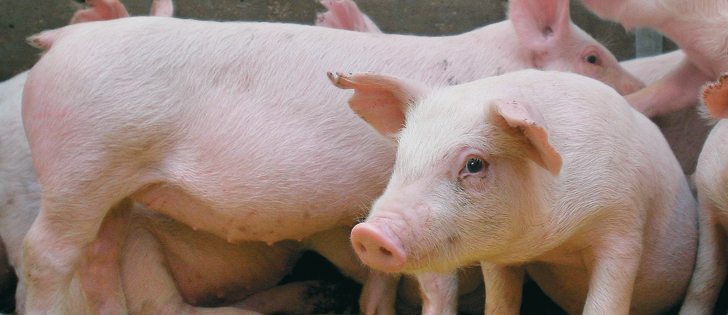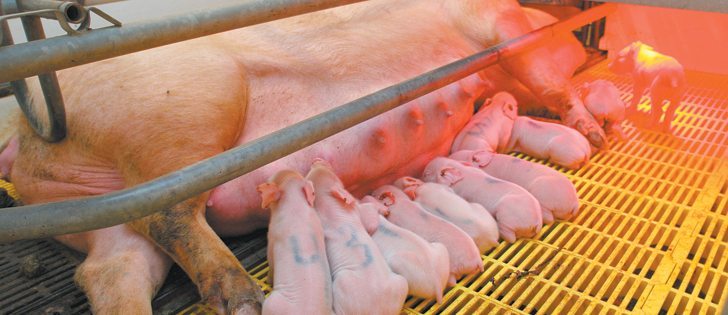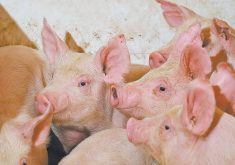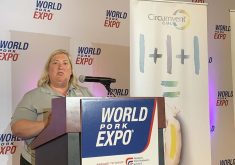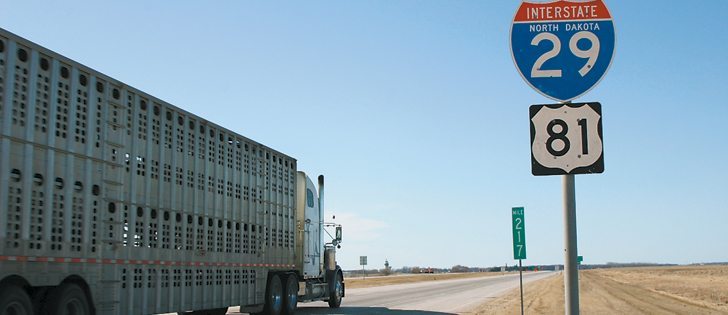Hog herd dips slightly | The USDA’s Hogs and Pigs report shows only a 2.7 percent drop in numbers from last year
Porcine epidemic diarrhea is still out there and likely to stage a comeback, but it probably won’t have the shock factor of its initial outbreak, says a leading hog market analyst.
“I think this winter we’re going to lose fewer pigs to PED than we did a year ago,” said Ron Plain of the University of Missouri.
“PED is going to be with us, but year over year it won’t be as bad.”
The virus has been a wild card in the North American hog industry for a year and a half, provoking wildly different estimates of its impact since hitting in late winter 2013.
Read Also

Crop quality looks good this year across Prairies
Crop quality looks real good this year, with the exception of durum.
The virus is virulent and lethal to most piglets and has killed more than seven million, veterinary experts say.
Analysts have struggled to assess the true impact because many farmers were believed to be changing marketing plans due to rising hog prices, which skewed slaughter statistics.
However, the U.S. Department of Agriculture’s Hogs and Pigs report issued Sept. 26 continued a pattern of surprising analysts with lower-than-expected hog herd reductions.
Not only did the USDA find that the overall U.S. hog herd was down only 2.7 percent from previous year levels, but the sow herd was up 1.8 percent compared to September 2013.
Analysts were most surprised by the department’s prediction that hog production is likely to stabilize and return to growth.
Farmers are expected to farrow four percent more sows than during last year’s September to November period and 3.8 percent more in December to February than last year.
“We expected growth, but my opinion was that it would be tempered by the fact that we have PED out there and still don’t have good control out there, so I thought growth would be slower than USDA predicted,” said Plain.
PED does not spread rapidly in summer, based on the last two summers when the virus survived poorly in heat. Cold is now returning, and veterinary experts believe outbreaks will increase again.
However, Plain said farmers now know how to deal with the disease and some may avoid it. As well, the herd has better protection than last year.
It means that instead of pigs per litter dropping 5.5 percent last winter from previous year levels and 5.1 percent lower in spring than the previous year, they should slowly begin rising toward pre-PED levels. Combined with more sows being farrowed, it could mean an increasing pork supply.
However, the fourth quarter should still contain no great risk for farmers who want to price and move their hogs. Lots of packer capacity exists, which means nothing appears to be lurking that could cause a fourth quarter meltdown similar to previous slumps.
“Slaughter capacity is no concern this year,” said Plain.
U.S. consumer demand for pork has been so strong, and supply so short, that many Ontario pigs have been shipped south, despite country-of-origin labelling complications.
Demand for Manitoba weanlings is also strong as U.S. farmers fill their barns to try to take advantage of prices that are still good in historical terms and profitable when combined with falling grain prices.




